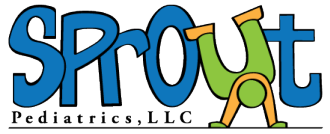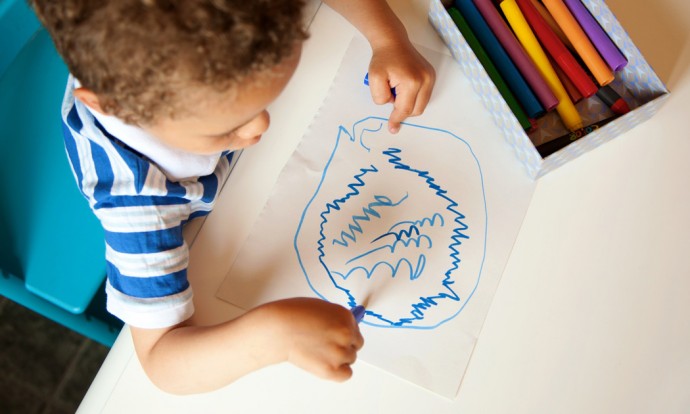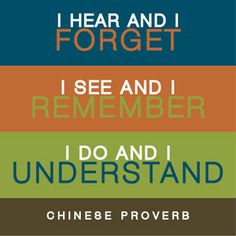Play provides babies, toddlers and preschoolers the foundation for future intellectual or “book-learned” knowledge. You see, before children can learn highly abstract symbols like letters-sound relationships or numerical concepts, they must learn that a block of wood can be a car or a stick could be a french fry! When proper environments are created by families, therapists and educational programs, children are encouraged to use their imaginations and let objects become other tools or items, which they do not have at that moment. The more children play and create stories with their peers for fun, the more quickly the brain is able to make connections with concepts such as: the letter I says eye and is what we call our body part that we use to see!
The more opportunities they have to use abstract symbols in play, the quicker they can tell about their feelings or see how someone in a picture may be feeling. They also begin to look at pictures and “read” the story and begin associating environmental print like the Target store symbol as Target, or the golden arches as McDonald’s! As parents and educators, we encourage this because the brain is beginning to make connections! Connections from the world they live in, the print on a bag, or a sign. Later, they enjoy listening to books you read with them and making text-to-life connections, as they reminisce about a time they went swimming, just like the character in the story you are reading. Click here to read more about Text Connections! As we help those connections along by noticing similarities, we foster a desire to love books more and enjoy the escape to a different place that a good book can do for us!
Other activities that encourage pre reading skills:
- Looking at a book right side up and turning pages left to right teaches that we read left to right.
- Dumping puzzle pieces out and placing them on the left and working the puzzle left to right also reinforces that we read left to right.
- Pointing to the words as you read, teaches that the words on the bottom of the page mean something!
- Collecting objects from the dollar store or you yard and grouping them based on how they are similar. (These are all rocks, leaves, sticks or these are all brown, green, or white)
- Allowing them to draw a picture and then labeling what they drew beside that drawing allows them to begin to see the words Mommy, Daddy and Me!
- Cutting out environmental print such as Walmart, Food Lion, Target, McDonald’s, Chick fil A and other favorite places and gluing them to index cards that can be easily slipped into a small photo album. This way, they can match or “read” the signs as you see them driving around.
- Organizing their playroom into smaller boxes with similar toys helps them learn to categorize and see similarities.
- Labeling their cubby or toy boxes to help them see their name in print and a picture and word for puzzles, books, dress up stuff, instruments, etc.


